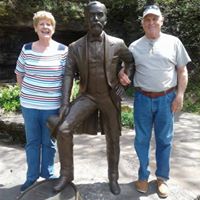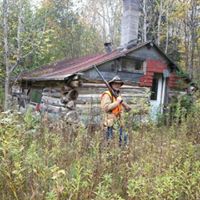What two states have shoreline along the Chesapeake Bay?
The Chesapeake Bay is an estuary in the U.S. states of Maryland and Virginia, lying inland from the Atlantic Ocean and surrounded to the west by the North American mainland and to the east by the Delmarva Peninsula. It is the largest estuary in North America. With its northern portion in Maryland and the southern part in Virginia, the Chesapeake Bay is a very important feature for the ecology and economy of those two states, as well as others. More than 150 major rivers and streams flow into the Bay's 64,299-square-mile (166,534 km2) drainage basin.
The word Chesepiooc is an Algonquian word referring to a village "at a big river". It is the seventh oldest surviving English place-name in the U.S., first applied as "Chesepiook" by explorers heading north from the Roanoke Colony into a Chesapeake tributary in 1585 or 1586. The name may also refer to the Chesepian or Chesapeake people, a Native American tribe who inhabited the area now known as South Hampton Roads in the U.S. state of Virginia.
Much of the Bay is shallow. At the point where the Susquehanna River flows into the Bay, the average depth is 30 feet (9 m), although this soon diminishes to an average of 10 feet (3 m) southeast of the city of Havre de Grace, Maryland, to about 35 feet (11 m) just north of Annapolis. On average, the depth of the Bay is 21 feet (6.4 m), including tributaries; over 24 percent of the Bay is less than 6 ft (2 m) deep.
More Info:
en.m.wikipedia.org











